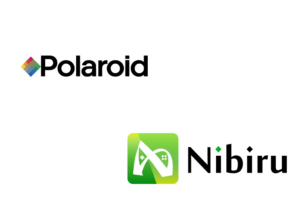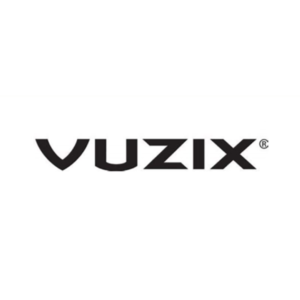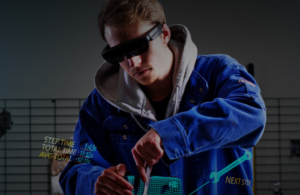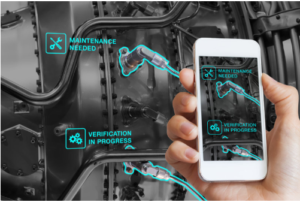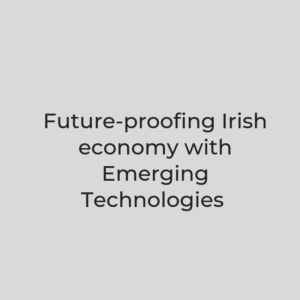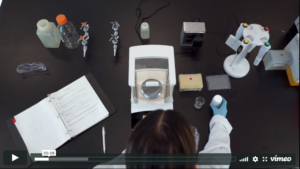In a recently executed field study it has been confirmed that 84% of users prefer the XMReality AR- solution compared to standard video chats when problem solving.
“We want to enable communication, not restrict it”
The system enables immediate service so that companies can save both time and resources and initiate new revenue streams. The hardware independent system can be used both through a downloaded application or by a direct link, not requiring any pre-installation.
The functional design can easily be applied on B2B, B2C and B2BC. It doesn’t matter if you have the world’s best tools to solve problems if it can’t be integrated with the process stream as a whole. Our system is not dependent on our costumers having a certain infrastructure or using a certain type of hardware. “It works everywhere”, says Marcin Szymanski, Chief Sales Officer at XMReality.
The unique system has had a great impact on some of the world’s largest companies such as ABB, Siemens and the Haas Group, where simplicity and availability play an important role in service, maintenance, practice and documentation.
Simplicity is one of the major factors when choosing a system for remote guidance. Instead of getting help through a video chat, the user is are shuttled through our system straight through the eyes of the expert who can see how the problem should be solved. “It’s just like having an expert next to you”, says Marcin Szymanski.
XMReality takes the lead when it comes to adapting a new approach in the Swedish industry. It changes the line of business and the way we look at how different actors are dependent on each other’s competence and technology to have a well-operating process stream.
“The technological possibilities are many, but first you have to dare to improve and realise the value of the technology, not just follow it. By accepting that we can improve the technological innovation, we will achieve a smarter and more efficient industry through creating integration and collaborating with each other. We are a small piece of a greater context”, says Marcin Szymanski.




